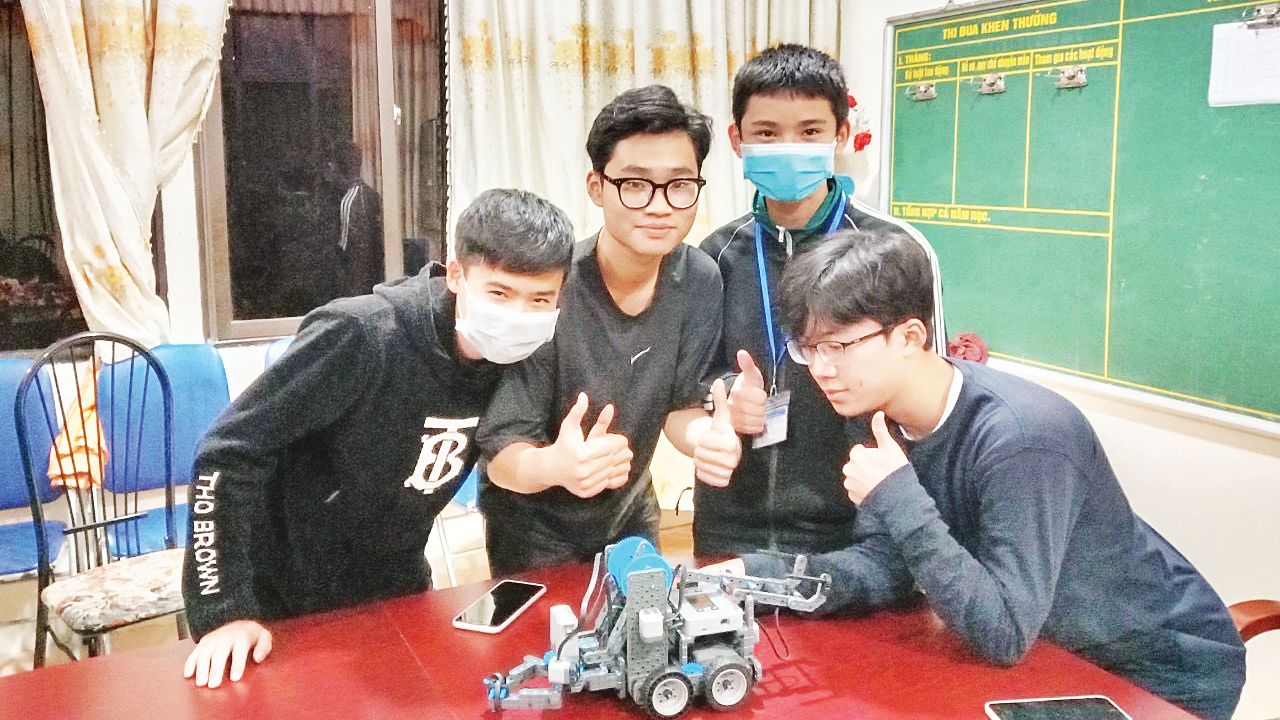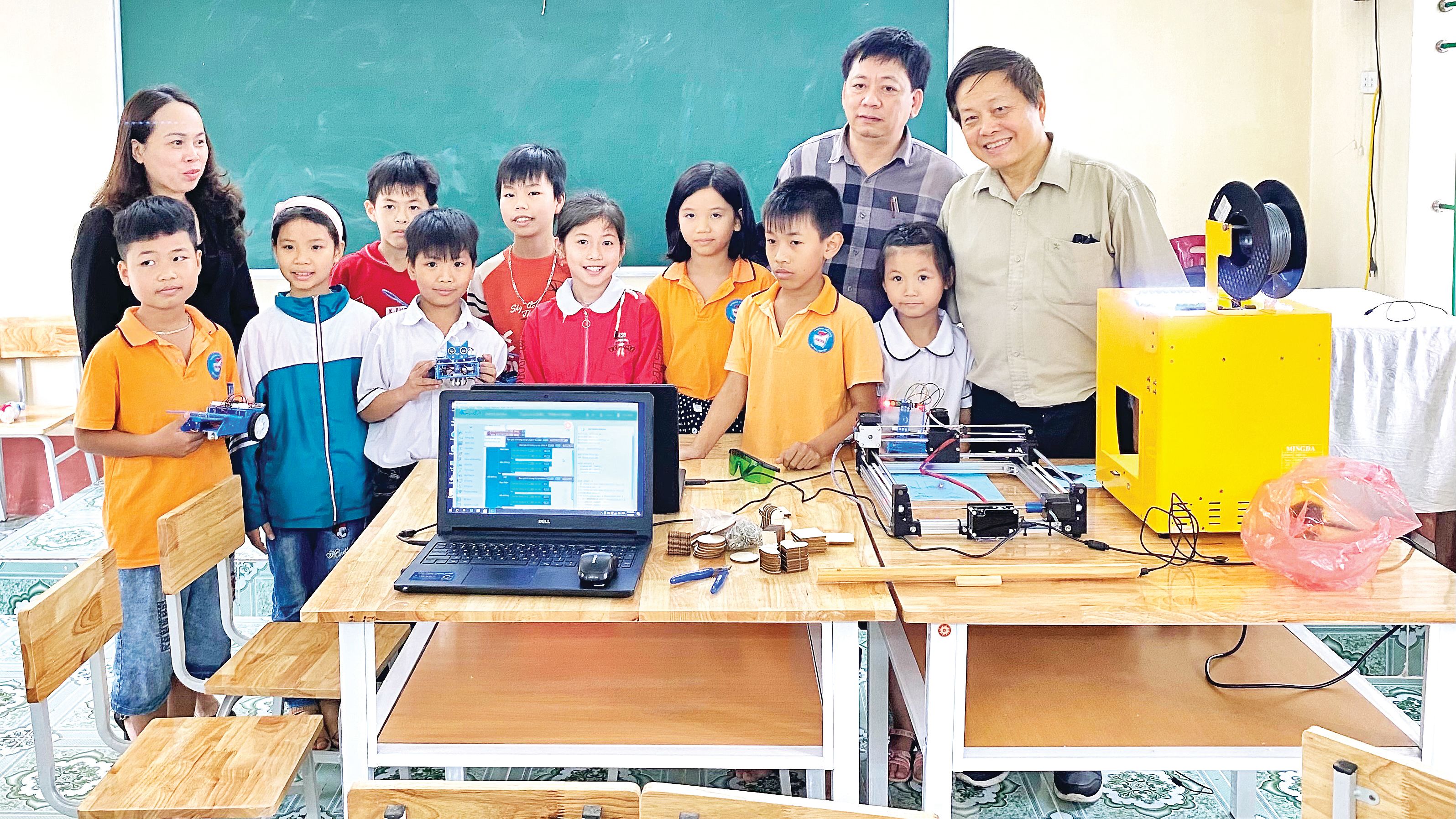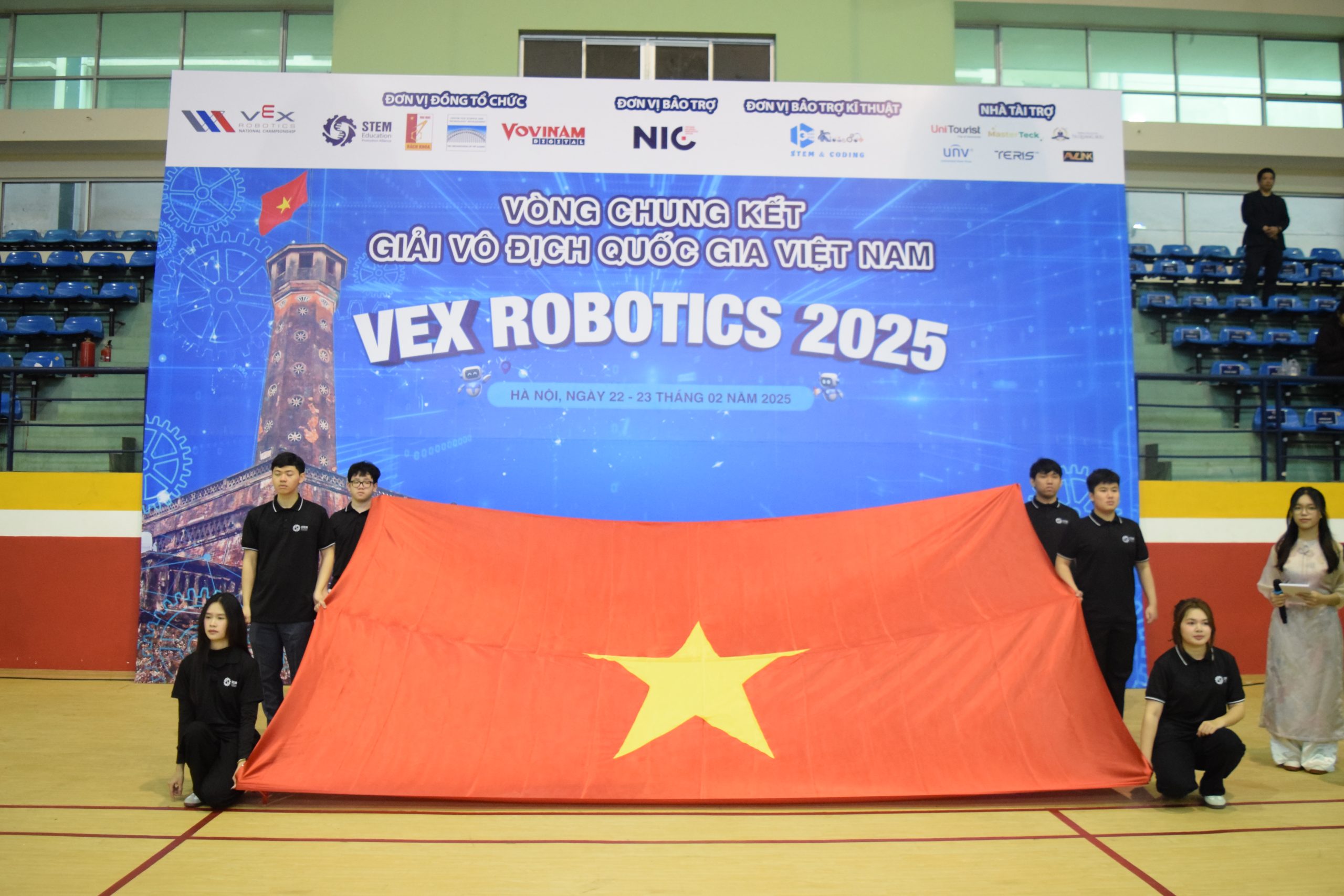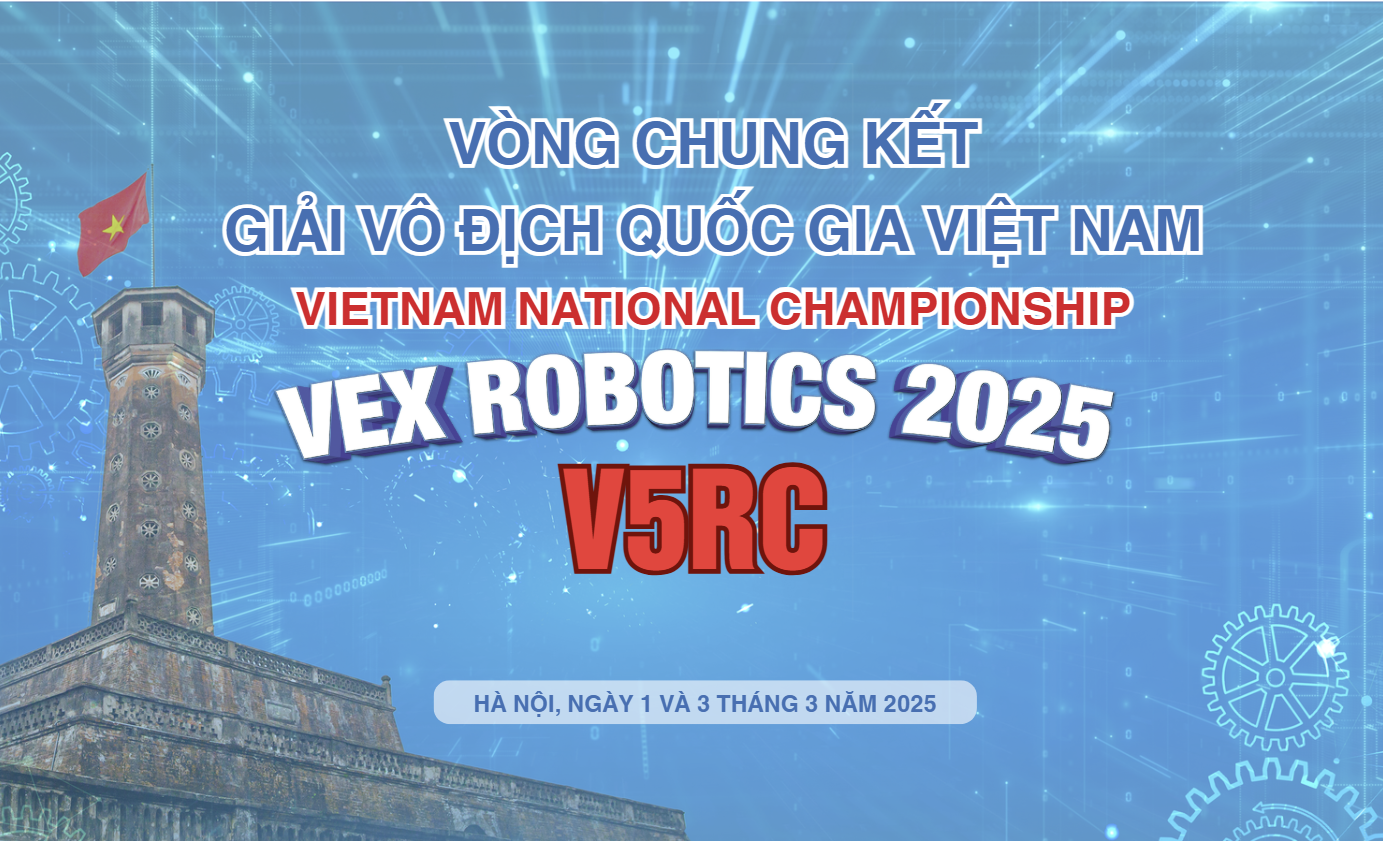STEM education is selected in the new general education program with an advanced and breakthrough approach, both promoting education in the fields of science, technology, engineering, and mathematics and practicing interdisciplinary learning methods, contributing to stimulating the thinking ability, creative capacity, problem-solving as well as personal qualities of each student…
In recent years, STEM education has gradually formed and spread positive inspiration not only in many schools across the country but also affected the awareness of parents and society, creating favorable momentum for educational reform. From the school, to new textbooks, STEM education (the integration of elements: Science: science; Technology: technology; Engineering: engineering; Maths: and mathematics)… has been realized in life through robotic clubs, programming clubs, space exploration clubs, mathematics, biology, physics, chemistry… and essential problems of life such as climate change, optimization, automation, big data… have been familiarized, participated in explaining and can bring together solutions scientifically and logically.
Not only aims to train natural scientists, engineers, and programmers but above all, the STEM education model aims at proactive people who are students with the spirit of the digital transformation revolution. Stem education – Preparing resources for national digital transformation – People‘s monthly January highlight will arouse confidence and optimism in the first days of the new year 2022…
It is a source of national power
In the 2021-2022 school year, grade 6 students nationwide were taught according to the new curriculum and textbooks, in which the STEM education model was officially put into teaching for the first time, an important milestone contributing to fundamental and comprehensive innovation in education. In the 2022-2023 school year, grade 10 students continue to study the new Curriculum and textbooks, including the STEM education model.
Is STEM just about programming and robots?
An education model based on an interdisciplinary approach, helping students apply scientific, technological, technical, and mathematical knowledge to solve some practical problems in the context of STEM education mentioned in Vietnam approximately 20 years ago, starting to be piloted by the Ministry of Education and Training in some high schools about 5 years ago. STEM education is becoming a trend expected of both Vietnamese parents and students to realize the dream that is inherent in education in advanced countries: learning along with practice, and developing personal capacity. Instead of studying separately, STEM education helps students approach Science (science), Technology (technology), Engineering (engineering), and Maths (mathematics)… as an interdisciplinary approach in the spirit of learning through doing, solving problems in many directions, many options to find the most appropriate answer. Along with the explosion of the internet and internet-connected devices: smartphones, tablets, laptops…, STEM education has become a source of inspiration for society, especially in families with children attending high school. Right outside the school framework, STEM education sneaks into the lives of parents and students in many niches: STEM summer camps, STEM programming courses, robot programming courses, STEM life skills training courses, stem practical manuals…
According to the new high school program, computer science is only one of nine electives for students with two electives: “Applied Informatics” and “Computer Science”. Thus, it is easy to forecast that fewer students will choose to study the topic “Computer Science”, moreover, this is a new field, so there is a shortage of teachers as well as facilities. Although it has brought many advances and given students many options, the risk that the vast majority of Vietnamese high school students have not been cleared of programming blindness (Coding Literacy) is an issue that needs serious attention from governments and the education sector. Coding Literacy not only contributes to creating high-quality human resources but also promotes awareness for the majority of high-tech consumers, an important factor in creating purchasing power for the economy oriented towards digital transformation and combating climate change, as committed by Vietnam to the international community.
Unlike the excitement of public opinion, STEM is not merely learning to program and assemble robots, but also an interdisciplinary integration covering astronomy, chemistry, biology, mathematics, physics, environment, and maximum support to help students still comprehensively absorb both natural and social sciences… According to the scientific seminars initiated by the Ministry of Education and Training over the years to implement and apply the STEM education model, the choice of the advanced education model is also a change in the perception of general education to meet the requirements of the Industrial Revolution 4.0. However, many students and parents, although excited to participate in extracurricular STEM activities outside of school, are not interested in studying the course in part because they are afraid that the exams are not compatible with the curriculum.

Binh Gia high school students for the first time assembled the American vex IQ robot to prepare for the Python programming language course…
Forming a new generation of consumers
We often say “the customer is the god” so the needs of customers have tremendous power in the market and on a national scale, it is the purchasing power of that country. Americans have used STEM education in high school to create a soft power in America in the fight against climate change. Let’s look at an example from the US market on New Year’s Day 2022. According to Bloomberg Wealth, tech billionaire Elon Musk has once again surpassed the $300 billion mark, and set a record of $33.8 billion in wealth growth in a single day on January 3, 2022. In 2021, due to holding many shares of the Space Technology Corporation SPACE-X and TESLA Group on electric cars and clean energy, Elon Musk also reached the $340 billion mark,
surpassing John D. Rockefeller (after accounting for inflation-adjusted factors) and became the richest man in America and the world in modern history. The information about Elon Musk shows the determination of the US government, US investors, and American consumers in the fight against climate change of the nature of America and humanity.
Economically, this war is oriented towards new technical standards in digital transformation and clean energy, in which the perception of climate change and the ability of American consumers to use technology play a decisive role, because each electric car is a robot integrated with many different technologies including AI (artificial intelligence). The strategy of promoting STEM education that the US has been kicking off for a long time at the high school level has motivated technology companies to constantly innovate.
In Vietnam, STEM education also promises to train students, future citizens, and future consumers in natural science awareness and technology use capacity. When today’s students, right from primary school, are confident, making and installing a robot is not out of reach when children from the age of playing with toys have dimly understood that automated items in the family are products of high technology, will gradually change and form consumer habits for the generation of Vietnamese people who are aware of environmental protection and climate change. STEM education in general and Programming Blindness Eradication for students across the country will create momentum to boost the purchasing power of the economy, a strength that contributes to changing the position of Vietnam’s power shortly.

The robot club of Nam Tien Primary School, Nam Truc, Nam Dinh is equipped with 3D printers, CNC laser cutting machines, and many robots for students to program in a drag-and-drop style. All students of the school from grade 3 onwards are cleared of programming blindness.


